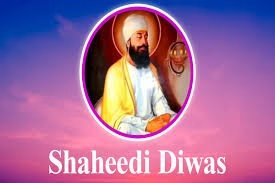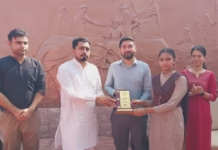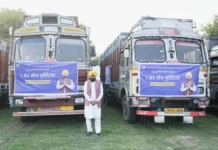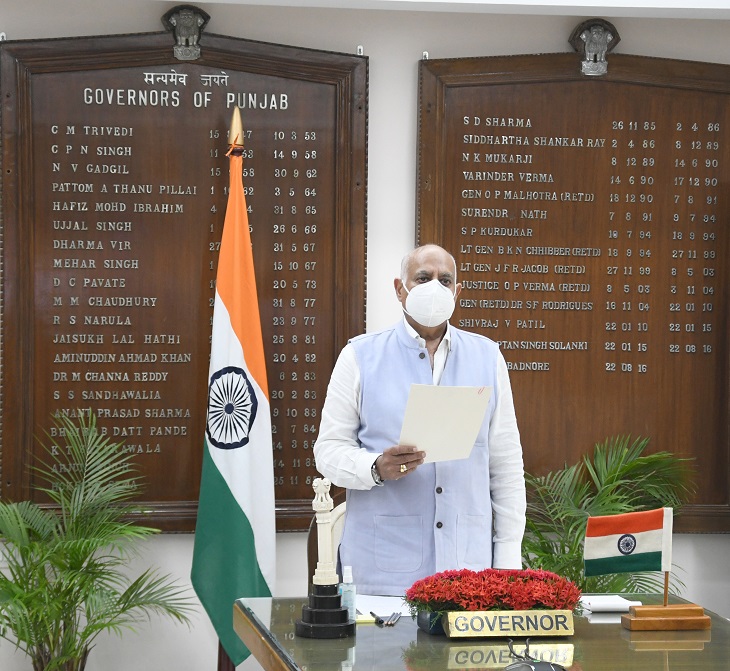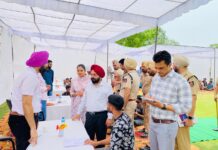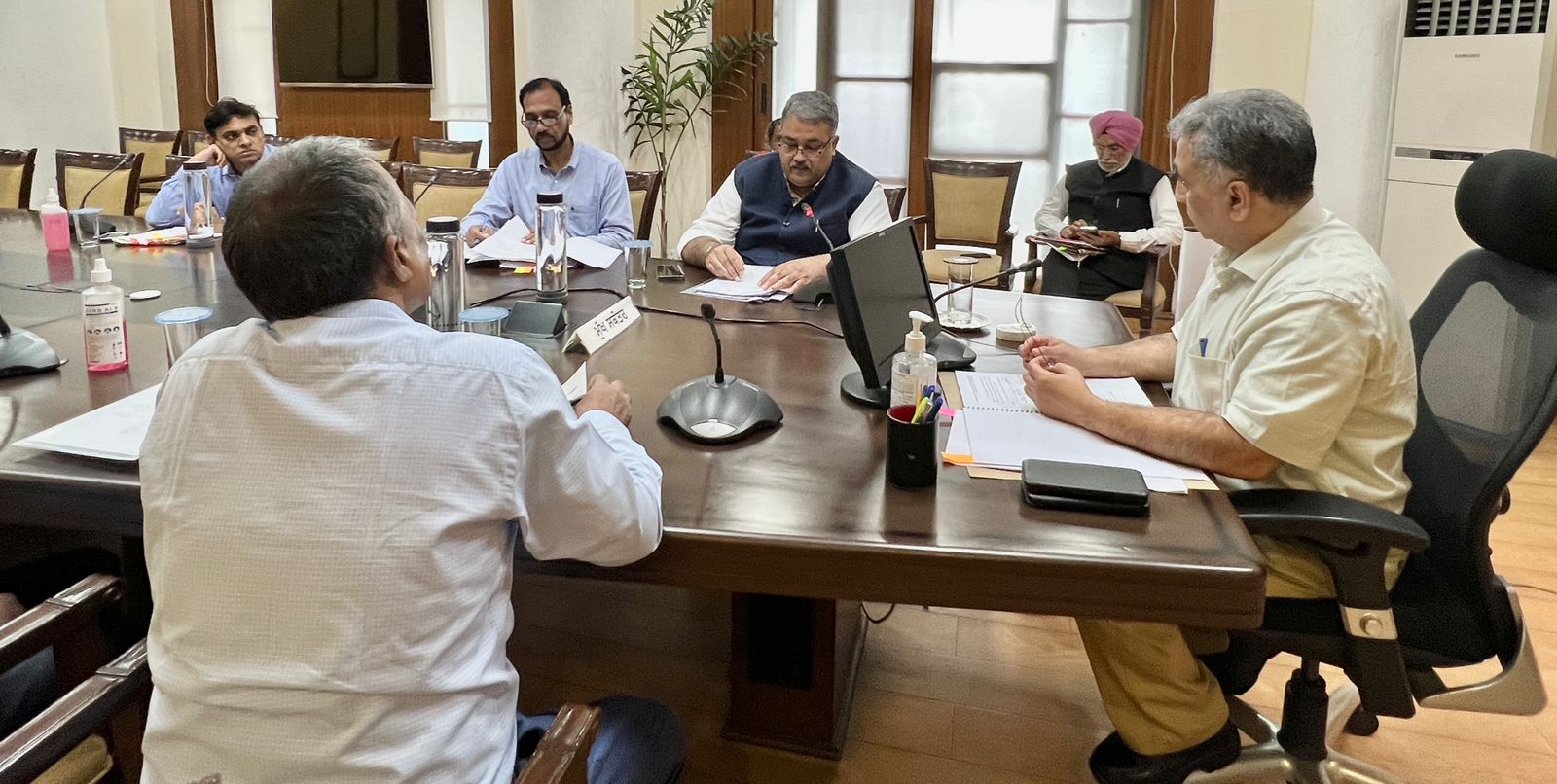For the Panthic Unity, Kalka appeals SGPC to join hands for 9th Guru’s 350th martyrdom commemoration-Manmohan Singh
Manmohan Singh/ August 5,2025
As the Sikh community prepares to commemorate the 350th Martyrdom Anniversary of Sri Guru Tegh Bahadur Sahib Ji in the month of November this year, a sense of deep reverence and reflection pervades the Panth. This is not a ceremonial occasion but a moment to reaffirm the values of sacrifice, religious freedom, and universal humanity embodied by the Ninth Guru of the Sikhs, revered as ‘Hind di Chadar’.
From Sikh Gurdwara Committees to grassroots Sikh organisations, preparations are underway with widespread participation anticipated from across India and abroad. Yet, amidst this collective devotion, an unfortunate development threatens to dilute the unity traditionally seen during such landmark events. The Shiromani Gurdwara Parbandhak Committee (SGPC), Amritsar, has announced that it intends to commemorate the anniversary independently, diverging from the earlier consensus reached in a panthic meeting held in Delhi in April this year.
That meeting, convened at Gurdwara Rakab Ganj Sahib, Delhi, had in attendance representatives from SGPC, the Delhi Sikh Gurdwara Management Committee (DSGMC), the Haryana Gurdwara Committee, Takht Sri Hazur Sahib, and other major Sikh institutions. In the spirit of collective reverence and panthic unity, it was unanimously agreed that the central event should take place at Gurdwara Sis Ganj Sahib, Delhi—the historical site of the Guru’s martyrdom—under the leadership of the DSGMC, with all other Sikh bodies extending support.
However, SGPC’s recent declaration of organizing a parallel celebration marks a departure from the long-standing tradition where such centenary commemorations are led by the gurdwara management committee of the location where the historical event took place. This precedent has held firm through multiple significant anniversaries. The 300th year of the Khalsa Panth’s creation in 1999 was led by SGPC at Takht Sri Kesgarh Sahib; the 400th Prakash Purab of Sri Guru Angad Dev Ji was observed at Sri Khadur Sahib; the 550th Prakash Purab of Sri Guru Nanak Dev Ji united the Panth at Sultanpur Lodhi; and the 350th Prakash Purab of Sri Guru Gobind Singh Ji was celebrated at Patna Sahib. In each case, irrespective of internal disagreements, the Sikh leadership presented a united front, reinforcing a collective identity.
The historical record is clear: Sri Guru Tegh Bahadur Sahib Ji was martyred at Chandni Chowk, where Gurdwara Sis Ganj Sahib now stands, and his cremation took place at Gurdwara Rakab Ganj Sahib, also in Delhi. These places are managed by DSGMC, making it the natural and rightful coordinator of this central commemoration. As former Rajya Sabha member and Sikh scholar Tarlochan Singh has rightly pointed out, history has repeatedly shown that the region associated with the historical event takes leadership, while others join in solidarity.
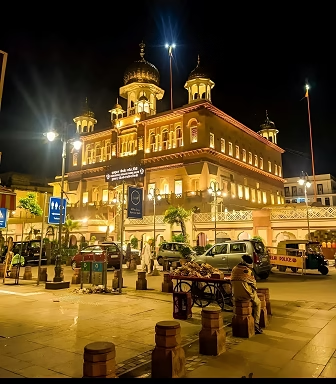
Guru Tegh Bahadur Sahib Ji’s martyrdom stands as a unique and towering example of selfless sacrifice—not for personal gain, nor even for his own religious community, but for the protection of religious freedom for others. His death, along with his companions Bhai Mati Das, Bhai Sati Das, and Bhai Dyal Ji, marked a pivotal moment not just in Sikh history, but in the moral and spiritual ethos of India. This is why the anniversary is not simply a Sikh event, but one of national and universal relevance. In today’s time, when religious and social fault lines are again widening, Guru Sahib’s legacy calls us to rise above identity politics and reaffirm a shared human dignity.
The current divergence between SGPC and DSGMC is not just a matter of organisational jurisdiction; it risks projecting an image of internal fragmentation in a community that draws strength from its collective consciousness and unity. While SGPC and DSGMC operate under different jurisdictions—and have their own political affiliations—this should not overshadow the need for panthic coherence in matters of such spiritual and historical magnitude.
To its credit, DSGMC President Harmeet Singh Kalka has extended a hand of respectful partnership to SGPC, offering to honour SGPC’s seniority and leadership during the celebrations. Such gestures of humility are in keeping with Sikh tradition, where “Chhota veer” (younger brother) walks alongside the “Wadda veer” (elder brother) with deference and shared commitment.
In an age where social media amplifies every action onto a global stage, the message of unity in this commemoration will resonate far beyond the boundaries of Delhi or Punjab. It will reach Sikhs across the diaspora and non-Sikhs alike, reminding them of the Guru’s timeless message of sacrifice, justice, and religious freedom. Disunity, on the other hand, may not only dampen the spiritual sanctity of the anniversary but also undermine the image of a community known for its service and solidarity.
It is incumbent upon the SGPC, as the oldest and most prominent Sikh religious body, to take the long view. Upholding established Panthic traditions and reinforcing unity in commemoration of a Guru who sacrificed his life to protect the religious freedom of others is not just a moral imperative—it is a spiritual necessity.
History will judge us not by the grandeur of our ceremonies, but by our capacity to honour the Guru’s message through our actions. Let this 350th Martyrdom Anniversary of Sri Guru Tegh Bahadur Sahib Ji be remembered not for institutional discord, but as a shining example of unity, humility, and panthic seva in action.

Note: The writer, Manmohan Singh is a Public Relations Consultant, Ex.Dy.Secy.Public Relations, PSPCL, Patiala.The views expressed are personal.

